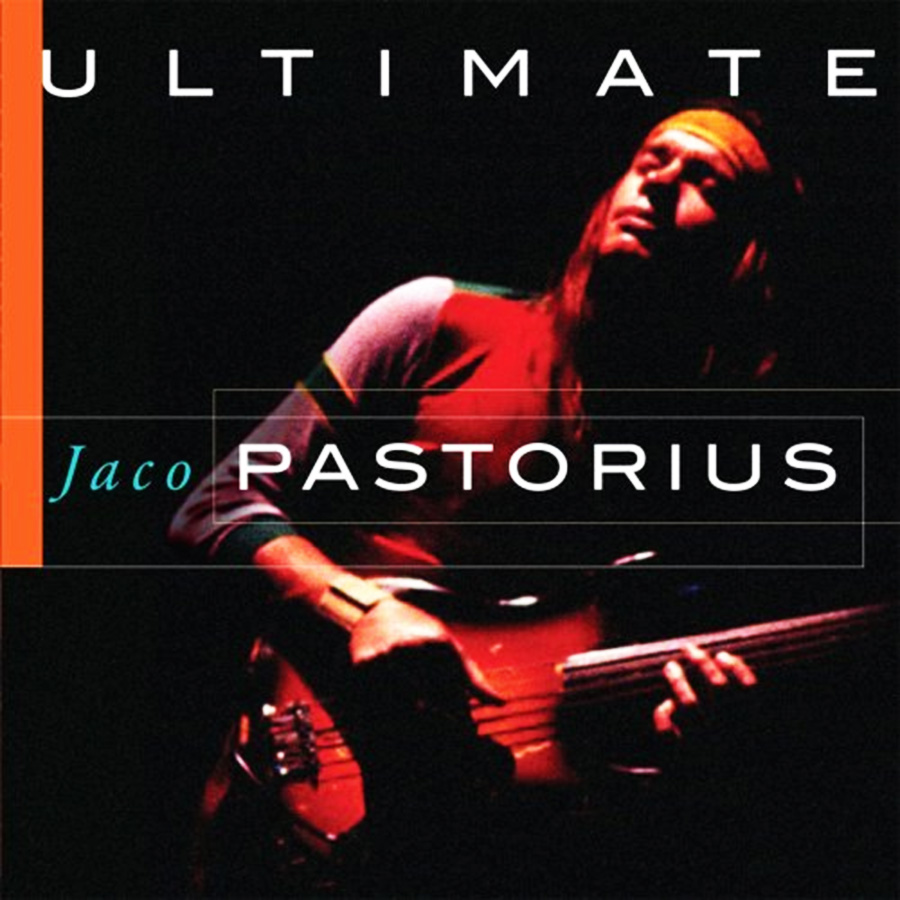


Besides Mintzer and Brecker, the ensemble is joined by five additional saxophones, five trumpets, three trombones, and a tuba. The band settles into “The Chicken,” a funk number and one of the most rousing pieces of the night. The next tune “Soul Intro” starts with a slow, two-minute Pastorius solo, showing off his elastic technique. Even the sound is crystal clear, in a hall with notoriously poor acoustics, especially for non-orchestral music. If the concert starts off jittery, with the frenetic 13-minute “Invitation”-the band seems almost too hyped-up-the remaining two-hours are a seamless, pitch-perfect display of A-game professionalism married to virtuoso sparkle. According to the book, it was one rehearsal, sound check, and-boom-show time. In fact, they weren’t Pastorius used different personnel, depending on the city he was in. Everyone was on fire, with the precision of a regular touring act. They were 22-strong on this night with some of New York’s top session players and special guest Toots Thielemans on harmonica.


(Though in the book, Erskine-another ex-Weather Reporter-proves to be the most formidable raconteur.) Pastorius would expand Word of Mouth into a big band, and a mighty one. Having established his international reputation, he then formed Word of Mouth, an uncommon sextet made up of Randy Brecker on trumpet, Bob Mintzer on tenor sax, Othello Molineaux on steel pans, Don Alias on congas, and Peter Erskine on drums, all one better than the next. Owens and Zev Feldman of Resonance uncovered 40 minutes that weren’t played during the NPR show, and have released the entire 130-minute concert in its entirety with the help of Grammy-winning engineer Paul Blakemore, who worked the original performance at Lincoln Center.īy 1981, Pastorius had left Weather Report, who were among the godfathers of the fusion movement. The performance was part of George Wein’s Kool Jazz Festival and a large portion was broadcast on National Public Radio’s Jazz Alive!, a program produced by Tim Owens and hosted by Dr. All of those roles are on display in this exultant, newly-released live recording from the Resonance label, which documents a Jconcert at Avery Fisher Hall (complete with a 100-page book). Pyrotechnics aside, his musical palette fanned out wide, as a composer, arranger, band-leader, and even big-band-leader. His sad, untimely death, at the age of 35-he suffered from bipolar disorder and was killed in an altercation outside a South Florida nightclub-only added to his mystique. With his fretless bass, he redefined the sound and role of his instrument. If Pastorius had the swagger of a stadium rocker, it so happened he had the harmonic sophistication of a jazz musician. He referred to himself, echoing someone else of that era, as the “greatest bass player in the world.” He wore his hair in braids, with bandanas, and in a man-bun (before anyone called it that). A member of Weather Report from 1976–1981, Pastorius once commenced a concert in Montreal by jumping off a balcony and then onto the stage in Toronto, he did a back-flip while playing. There have been many guitar gods, but there’s never been an electric bassist as deified as Jaco Pastorius.


 0 kommentar(er)
0 kommentar(er)
